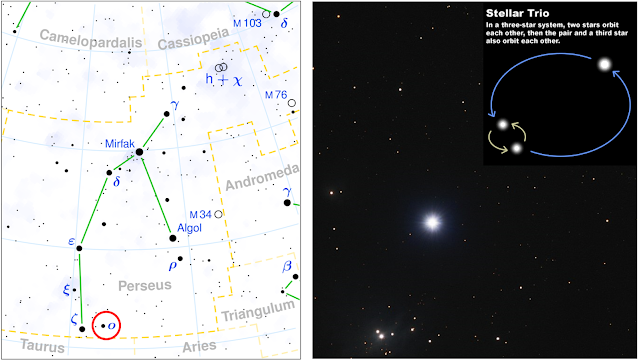"I AM LRRR!! Ruler of the planet Omicron Persei 8" - Lrrr
Today's article is the second Astronomical Returns post inspired by the lovable sci-fi wackiness of Matt Groening's cartoon Futurama. What can I say? The 31st century adventures of Fry, Leela, and Bender provide top-notch content for my space blog (read the first one here about Enos the Astrochimp). This time the spotlight is on Lrrr, the hilariously loathsome ruler of the planet Omicron Persei 8 who's one of my favorite characters in the whole show (he never fails to declare his title upon every introduction)
 |
| "THIS IS AN OUTRAGE! I demand to know what happened to the plucky lawyer and her compellingly short garment!" |
Futurama was always known for its clever references to actual science. When Lrrr is first introduced, he and the other Omicronians happen to be huge fans of our contemporary soap operas, whose signals beamed out from Earth into the cosmos for a thousand years and are now being received by TV sets on Omicron Persei 8 in the year 3000. So I thought to myself, there's no way the show's writers just made up any star system - I bet if I look it up, there'll be a real star called Omicron Persei about 1,000 light years away. Sure enough, I was not disappointed
 |
| From the episode When Aliens Attack |
The real Omicron Persei is a triple star system in the constellation Perseus, visible in the northern sky against the backdrop of the Milky Way's galactic plane. The three stars are really more a binary consisting of two larger stars, Omicron Persei Aa and Ab, plus a much smaller companion simply called Omicron Persei B. Although not much is know about the smaller B star, Aa and Ab are both blue-white supergiants, meaning they're way larger and hotter than our own Sun. Interestingly, they lie quite close to each other despite their enormous size, orbiting their center of mass every 4.4 days and guaranteeing a distorted oblong shape due to their intense mutual gravity
 |
| Omicron Persei in relation to the constellation Perseus |
As you can see from the above image, like many multi-star systems, optical observation alone could never discern Omicron Persei as a triple star - they're simply too close to each other and too far from us to be able to resolve. Instead, astronomers identified Omicron Persei Aa and Ab using spectroscopy to observe the Doppler shift in their light as they revolved around each other (hence the term "spectroscopic binary" to classify any binary system discovered in this way). The animation below shows how this works - when the two stars are moving towards/away from the observer in their orbital path, at regular intervals the observer will detect a slight blueshift/redshift in the light they emit, whereas when the two stars moving laterally in their orbital path relative to the observer, no shift will be detected
 |
| Recall that a redshift/blueshift is simply a Doppler effect in light, no different from the Doppler effect in sound you hear as an ambulance passes by |
Now of course the next question - how do we know Omicron Persei is 1,000 light-years away? Measuring stellar distance is tricky, but over centuries astronomers have come up with various clever solutions. One such method is called stellar parallax, the apparent shift in the position of a (relatively) nearby star against a background of "fixed" distant stars caused by the Earth's different positions in its orbit at different times of the year (see below diagram to better visualize it). The German astronomer Friedrich Bassel was the first to successfully use stellar parallax, calculating the star 61 Cygni to be about 11 light years away back in 1838. But by the second half of the 20th century, all the easy stars had been calculated, and any further accuracy improvements were limited by the distortion of Earth's atmosphere. Therefore the European Space Agency launched the Hipparcos satellite, which operated from 1989 to 1993 and was dedicated to precisely measuring the positions of thousands of celestial bodies. The resulting Hipparcos Catalog was published in 1997 and contained over 100,000 stars. Omicron Persei was one of them
 |
| Stellar parallax is no different from holding a finger in front of your face and seeing it "shift" by opening and closing your left and right eye |
Lastly (and most importantly!), does the Omicron Persei system have any exoplanets? Does Lrrr's homeworld of Omicron Persei 8 really exist? Looks like I'm not the only Futurama fan interested in this question, as I found this astronomy StackExchange page where other space fans were wondering the same thing. Unfortunately, the answer is no, or at least not yet - to date no known exoplanets exist around Omicron Persei. Keep in mind though that even with great telescopes like Kepler and TESS, we've only checked a fraction of stars for exoplanets, and even then they're extremely hard to detect. So don't be too surprised when flying saucers filled with large aliens confused and infuriated by the concept of "wuv" come to attack us! Anything is possible




No comments